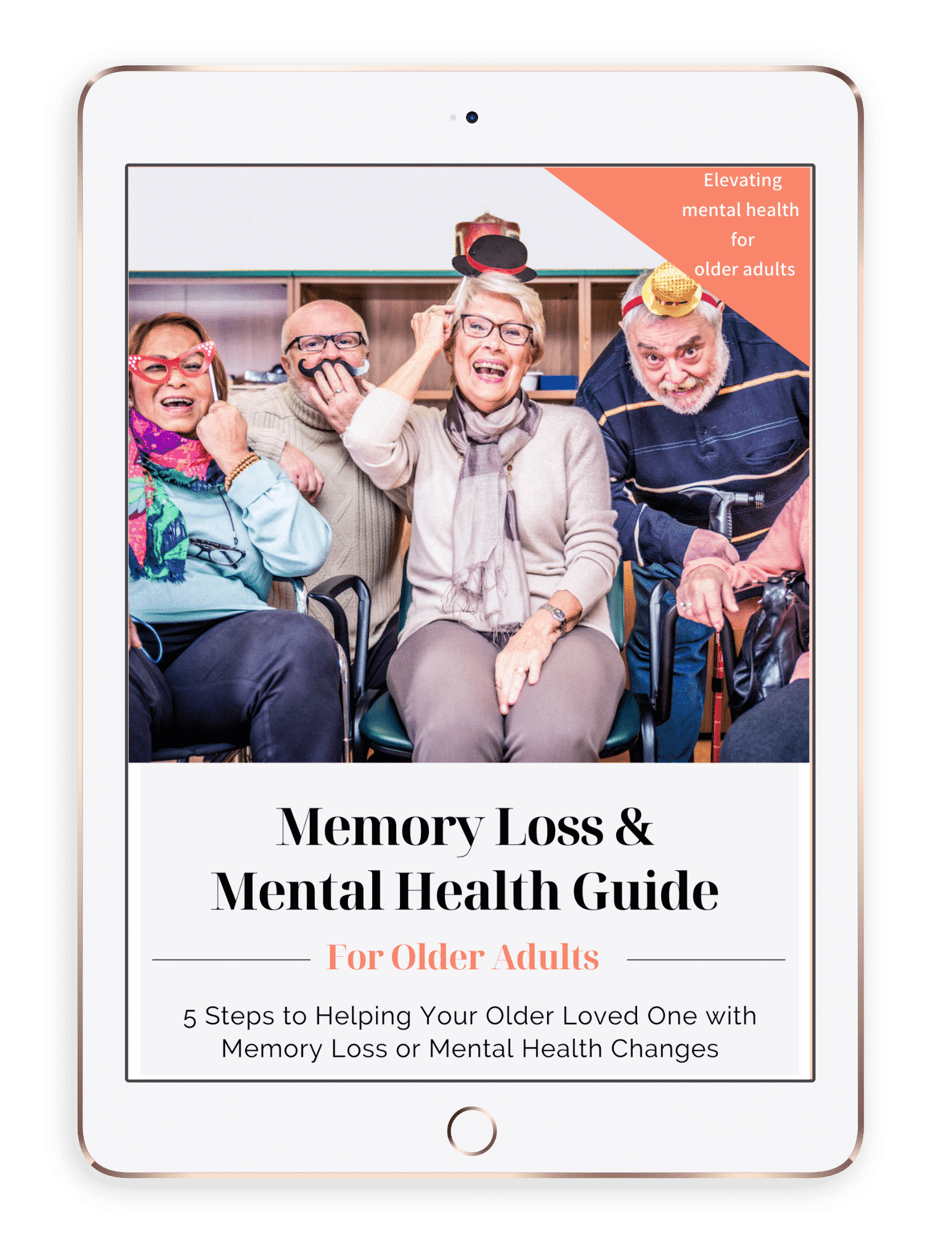Preventing Suicide in Older Adults
Suicide is an important topic when it comes to older adults. In 2019, White men over 85 have the highest rate of suicide in the country (more than any other age group)¹. This guide will provide step-by-step recommendations to help prevent suicide in older adults.
Why are suicide rates highest in older adults?
Suicide attempts in older adults are more likely to result in death than younger adults due to the following reasons²:
- Older adults plan more carefully and use more lethal means
- Older adults are less likely to be discovered and rescued
- Less likely to recover from a failed attempt
What are the Suicide Risk Factors and Warning Signs for Older Adults?
These risk factors were identified by research as being the most significant for increasing the risk of suicide in older adults³.
- Mental health conditions like depression, anxiety, alcohol and other substance use disorders, new diagnosis of a dementia disorder.
- Being alone for long periods of time and having a sense of isolation.
- Physical illness
- Pain
- Loss of ability (decline in a person’s ability to care for self)
Keep an eye out for these suicide warning signs:
- Withdrawing from friends and previously enjoyable activities like hobbies, sports, and physical intimacy
- Feelings of loss of sense of purpose and independence
- Preparing for death by making a will or other final arrangements, including giving away prized possessions
- Preoccupation with death and dying
- Recent life changes, such as the death or chronic illness of a spouse, moving to a new home.
[templatera id=1516]
How to Help a Suicidal Older Adult?
If you’re concerned about an older adult who may be suicidal, take the next 3 steps:
- Talk with them about what you’ve been noticing in a compassionate and concerned way
- Encourage them to see their primary care provider to rule out any medical concerns that may be causing these symptoms.
- Accompany your older loved one to their appointment. You may also consider emailing or faxing your concerns to your loved one’s medical provider.
Follow up on your concerns with questions, like:
- Do you feel as though life is no longer an option for you?
- Have you had thoughts about harming yourself?
- Are you planning to harm yourself or take your life?
- Is there a gun in the house? Or a collection of pills?
- Are you often alone?
Help an older adult who is suicidal by:
- Removing pills, weapons, or other means
- Calling the Suicide Prevention Lifeline at +1 800-273-8255
- Calling 9-1-1 for welfare check (if you’re concerned about the person’s safety)
- Calling the older adult’s primary care provider or mental health provider
How to Connect Older Adults with Mental Health Care?
DO NOT ignore signs and symptoms of mental health concerns. It can help to remember that mental health conditions are highly treatable in older adults. So, lean in, share your concerns, and help your older loved one get connected to mental health providers. Here’s how:
- Talk with our older loved one about what you’ve been noticing in a straightforward, yet compassionate and concerned way. Here are some ideas:
- “I’ve been noticing that you haven’t been yourself lately. You seem to be staying in bed a lot and more down than usual. I’m concerned about you.”
- I’ve been worried about you. Can we talk about what you are experiencing? If not, who are you comfortable talking to?
- It seems like you are going through a difficult time. How can I help you to find help?
- Help connect the older adult with a mental health provider who specializes with older adults. Find a provider here
If you or someone you know is in crisis or struggling with thoughts about harming yourself or others, please reach out to the National Suicide Prevention Lifeline at +1 800-273-8255
References:
- American Foundation for Suicide Prevention, Suicide Statistics. https://afsp.org/suicide-statistics/
- Conwell, Y., Van Orden, K., & Caine, E. D. (2011). Suicide in older adults. The Psychiatric clinics of North America, 34(2), 451–ix. https://doi.org/10.1016/j.psc.2011.02.002
- National Suicide Prevention Lifeline. Substance Abuse and Mental Health Services Administration (SAMHSA)
